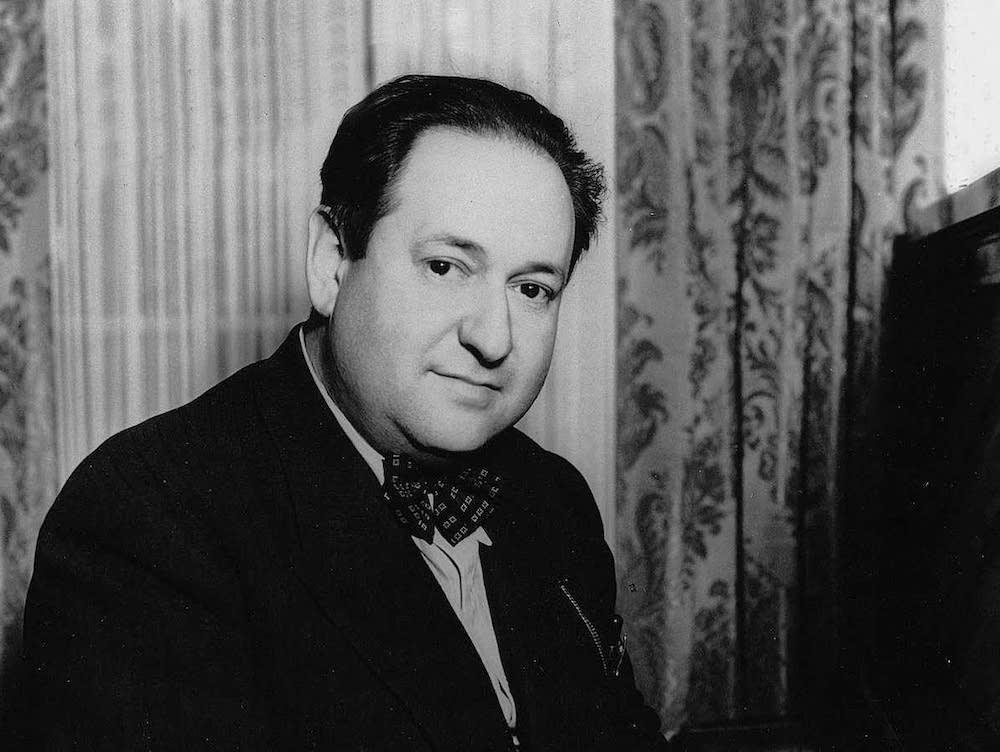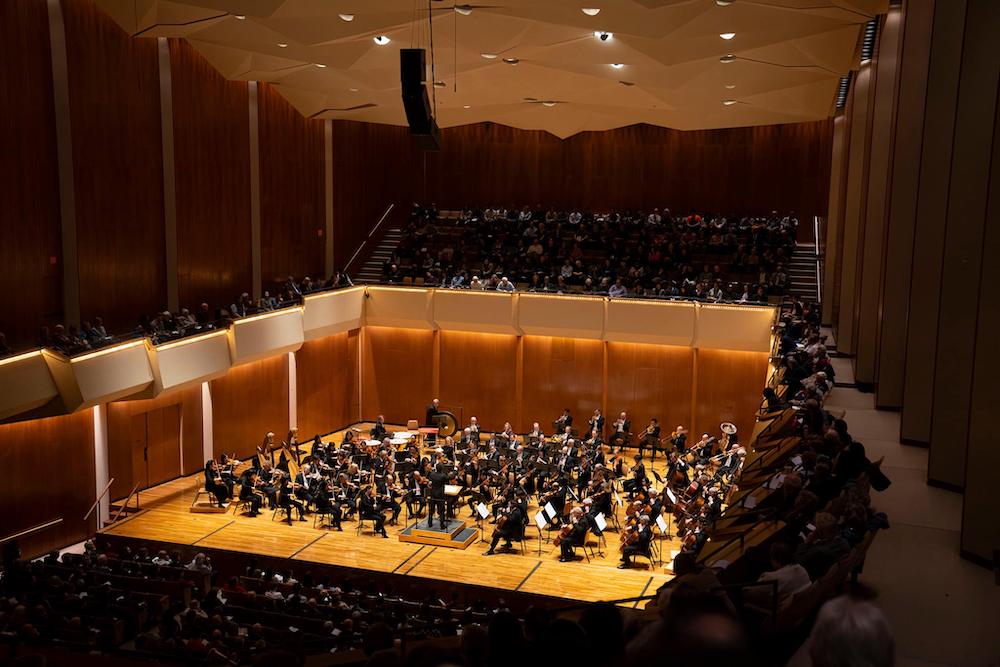The fall of 2021 brought William Eddins from the Edmonton Symphony to the School of Music at the University of Illinois. He has conducted many of the major symphony orchestras of North America and Europe, and left such a mark in Edmonton, Alberta after more than a decade as Music Director, that he was named Music Director Emeritus. Now he brings his expertise from the podium to the University of Illinois Symphony.
The UI Symphony, as it is often labeled, is the “A List” ensemble of the School of Music and Eddins’ influence has been immediately felt. Taking on some challenging works, like Brahms’ third symphony and Berlioz’s “Symphony Fantastique,” he has made this student orchestra sound like a polished professional ensemble.
I admit a certain nostalgia for the early to mid-seventies, when I was a young professional and I discovered the riches of the Krannert Center and its reasonable prices. In that era, Bernard Goodman conducted both the Champaign-Urbana Symphony and the UI Symphony. This School of Music faculty member was a ten year veteran of the Cleveland Orchestra under George Szell and an extraordinary developer of talent. If he came off a bit aloof to the public, he produced local ensembles that sounded superb. I hope my fifty year old memories are accurate and they make my recollections of this era a proper basis for nostalgia.
Fast forward to the school year 2021-22, and the sounds of a golden age are returning. The March 11 concert at Krannert’s Foellinger Great Hall was the delayed concert of American music and a showcase of new conducting talent from the School of Music. Let us not forget that Maestro Eddins is also a Professor of Music and mentors students in orchestral conducting. Two of his students conducted the University of Illinois Symphony in the first portion of the concert.

Image of Erich Wolfgang Korngold borrowed from IMDb.
Doctoral student David Stech led the UI Symphony in a performance of Erich Wolfgang Korngold’s “Schauspiel-Overture, Op. 4.” Before he emigrated to the United States in 1935, Korngold was an established composer in his native Austria. He became a Hollywood legend as a pioneer of the modern motion picture score, writing sixteen scores and winning two Academy Awards. This concert piece, his first published orchestral work, was written when he was fourteen and foreshadows the greatness of this extraordinary and versatile 20th century composer whose music crossed so many boundaries. David Stech’s rendition of this early Korngold work brings out the orchestral color of this youthful downpayment on a great career without ever dismissing it as simply curious juvenilia.
Nathan Sawyer, a recent addition to the Master’s program at the School of Music, conducted Aaron Copland’s “Appalachian Spring” in the second portion before intermission. This 1944 ballet is one of the most iconic works of American music and it is most commonly heard in this 1945 arrangement for symphony orchestra. The original composition for thirteen instruments had been carefully guarded by Copland and his estate over the years and generally was made available only for the Martha Graham Dance company for whom “Appalachian Spring” was originally written as a “Ballet for Martha.” However, beginning in 1974, Copland recorded his complete and original thirteen instrument orchestration and eventually permitted others like Leonard Slatkin and Hugh Wolff to add their interpretations to the original complete score which times out at around thirty-seven minutes.
Sawyer’s take on the 1945 full orchestra suite is robust and full of the orchestral colors that Copland’s symphonic treatment gives the revised ballet suite. At around twenty-five minutes, you hear the essence of one of the richest and most colorful compositions any American composer ever created. Its Pulitzer Prize for music in 1945 came as no surprise to anyone.

Image borrowed from Playbill’s website.
The second half of the program saw Maestro Eddins take the podium to conduct Leonard Bernstein’s “Symphonic Dances from West Side Story.” In 1961, Bernstein created a symphonic treatment of his music to his 1957 musical, West Side Story, as he had done with his 1954 score to “On the Waterfront” in 1955. Bernstein’s symphonic treatment of West Side Story is one of the highlights of his composing career and orchestras world-wide have added it to their repertoire.
Eddins’ engaging and almost passionate conducting really brings out both the quality and color of this extraordinary music. Only a few bad moments from the brass marred an otherwise superlative concert from this student ensemble. William Eddins has shaped this orchestra into a significant addition to our already fine symphonic tradition in Champaign-Urbana with two resident professional symphony orchestras. As the UI Symphony continues to take on significant symphonic works with such polish and colorful renditions, maybe Eddins’ direction of the UI Symphony will be a reminder of the current state of a great era without excessive nostalgia for Bernard Goodman’s pioneering polishing of the 1970s. Maybe the “Golden Age” is now.








